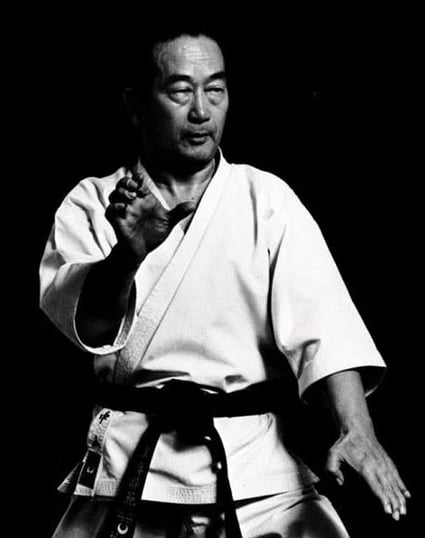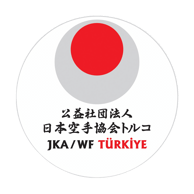Master Nakayama, born in April 1913 in Yamaguchi Prefecture, hailed from the Sanada clan of the Nagano region. His ancestors were highly skilled instructors in kenjutsu (the art of swordsmanship).
When he entered Takushoku University in 1932, Master Nakayama immediately joined the university's karate club and became a student of Master Funakoshi Gichin and one of his sons, Funakoshi Yoshitaka. Deciding to dedicate his life to karate, Nakayama went to China after graduation for further training and practice.
When he returned from China in May 1946, he reunited with Shotokan karate practitioners from his university days, recognizing Funakoshi Gichin as the Grand Master and reviving the Shotokan karate tradition. Together, they founded the Japan Karate Association (JKA) in 1949. In 1955, a central dojo was built in the Yotsuya district of Tokyo, which encouraged the establishment of JKA branches across Japan.
The efforts of the Japan Karate Association to embody and promote the spirit of karate-do were highly appreciated by the Ministry of Education (now the Ministry of Education, Science, Sports, and Culture). In 1957, the Ministry granted JKA exclusive legal recognition as an official member association for the promotion of the way of karate in Japan.
During this process and in the following years, Master Nakayama made invaluable contributions to martial arts. Together with JKA instructors, he developed a new, rational teaching method suited to the students' level and goals: using karate as a tool for physical development, as a method of self-defense, or for competitions. He also emphasized the importance of making each training element physically and kinesthetically applicable and scientifically analyzed how to make them more effective.
Additionally, to ensure the true essence of karate-do was accurately conveyed, he established a two-year specialist instructor training program with his students, which remains unique in the karate world. And this training never ends; JKA is the only karate organization where full-time instructors train together every day. Through this program, JKA instructors continually strive to develop and perfect karate.
Master Nakayama also invented the first competition system for karate. The first JKA Japan Karate Championship was held in October 1957 at the Tokyo Metropolitan Gymnasium, filling the venue to capacity with enthusiastic participants and spectators. His adaptation of kata and kumite into a competition system was a great success. Even the Crown Prince of Japan (now the Emperor of Japan) attended the 5th JKA Japan Karate Championship in 1961. Karate was becoming increasingly popular worldwide.
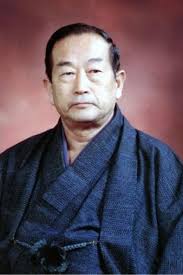

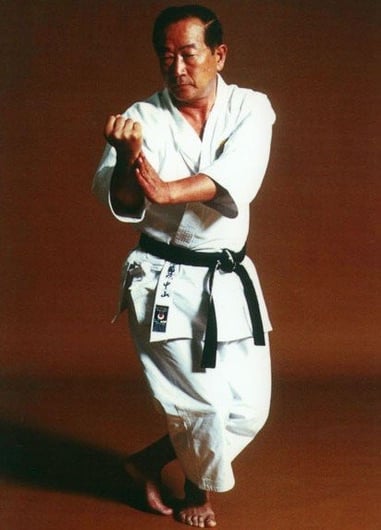

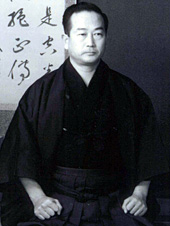

NAKAYAMA MASATOSHI
Master Nakayama greatly valued the spiritual principles that his teacher, Funakoshi Gichin, emphasized in karate—particularly the virtue of humility and the spirit of harmony. More than words, he taught through his exemplary actions, demonstrating that embodying these qualities required a deep sense of kindness and a constant remembrance of the principle, "There is no first attack in karate."
In practice, Master Nakayama stressed that each technique should be performed with strength and sincerity, bringing out the best in an individual. He emphasized the critical importance of training kihon (fundamentals), kata (forms), and kumite (sparring) as an inseparable trio. He constantly reminded his students, "The path of karate we pursue is an empty-handed martial art—a way that we practice with an empty mind, refining our character."
In his later years, he compiled all his techniques and philosophy into his renowned 11-volume series, Best Karate.
Master Nakayama passed away in 1987 at the age of 74.
